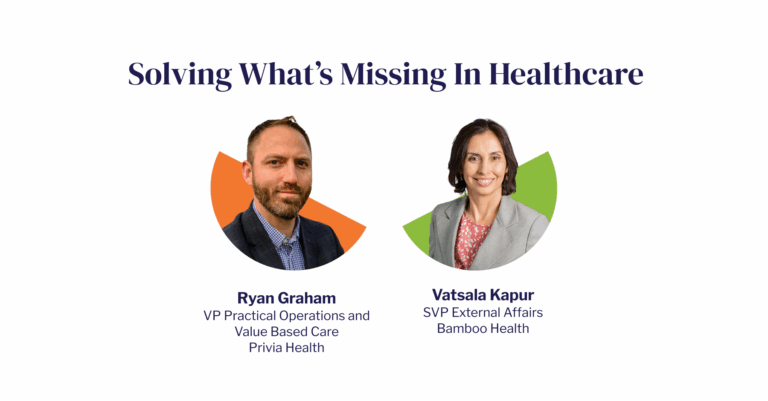Throughout the COVID-19 pandemic and subsequent parallel epidemics of opioid use and serious mental illness, nurses and core personnel who make up our hospitals and healthcare networks have continued to take on personal risks and challenges to deliver the essential care needed by our communities. This month, as part of the spotlight on National Nurses Week and National Hospital Week, we’re highlighting key opportunities to improve nurses’ and hospital workers’ lives during a time of increased dependence and workforce shortages.
Challenges Facing Providers and Creating Access Barriers
In 10 years, older adults will outnumber children for the first time in U.S. history, exacerbating existing access challenges that will require a bolstered workforce to address. Already our healthcare workforce is struggling, with an estimated nine nurses available to care for every 1,000 people, according to the U.S. Chamber of Commerce.
These shortages have multifaceted impact for both practitioners and the patients who rely on their care. Nursing shortages often lead to hospital closures, medical errors and higher morbidity and mortality rates in hospitals for patients, according to a study published in StatPearls. For the practitioners themselves, workforce shortages and data overload cause clinician burnout, resulting in downstream effects of gaps in care for patients and long-term impact on staff. According to the CDC, health workers who reported that there were not enough staff members had nearly twice the odds of reporting symptoms of anxiety and nearly three times the odds of reporting burnout compared with those who did not report staffing shortages.
Without tools and systemic changes to support nurses, access issues and more widespread mental and physical health challenges will continue.
Opportunities To Increase Provider Satisfaction and Patient Outcomes
One way to help providers is through workflow solutions. Providers are often overwhelmed with data and new programs and lack a unified workflow that empowers them with the actionable insights they need to make their lives easier.
According to the University of Southern California, 60% of healthcare executives reported their organization uses healthcare data analytics. Of those organizations, 42% saw improved patient satisfaction, and 39% reported cost savings. Cost savings can free up the budget to bolster staff salaries and recruiting. Nurses have limited time with patients and will manage many care journeys at once. Tools that provide real-time patient monitoring with full patient context can help nurses feel more in control of their workload while also improving care outcomes.
Workflow solutions must go beyond sharing mass data to make a tangible impact on retention by improving the lives of key healthcare personnel. It is critical to go beyond simply surfacing the data and take steps to embed the right data into existing workflows for streamlined utilization. In addition, healthcare leaders must consider integrating technology into the daily workflows of their staff that accomplish more with less.
The need for talent retention and usage of digital transformation in healthcare will continue as inflationary pressures and healthcare changes impact customers. By taking proactive steps to embed the right data into workflows and leverage digital transformation, we can address current challenges while also paving the way for a more resilient and efficient healthcare system for the future.
For more information on workforce shortage solutions, contact us.



